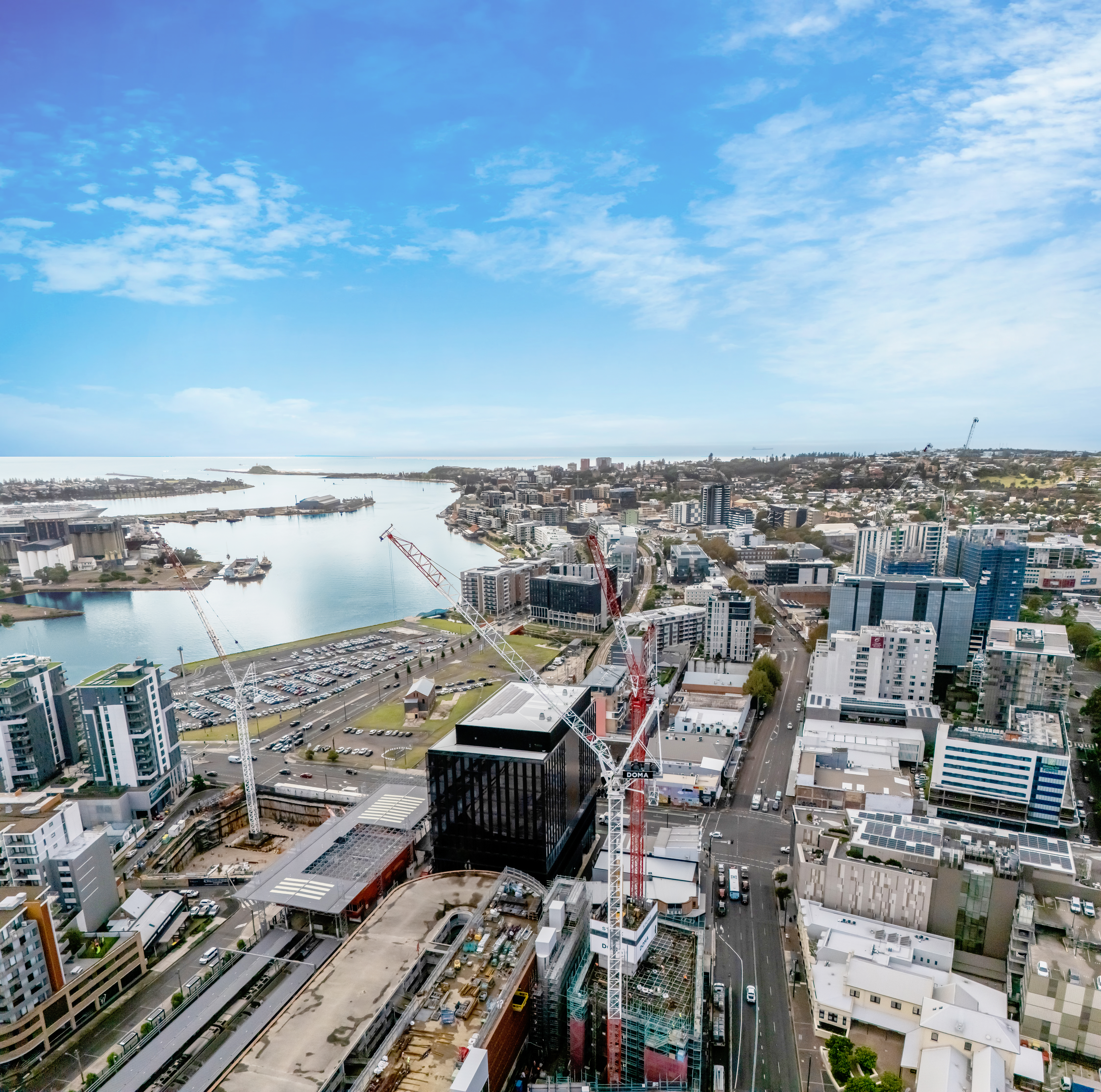
Commercial and Industrial Property Portfolio Q3 2024
We are proud to present the latest edition of the Commercial Collection, showcasing a diverse range of commercial property opportunities within the Hunter Region. Year after year, we have witnessed a consistent increase in enquiries (34%), listings (27%), and transactions (16%), underscoring the market's resilience and adaptability to evolving challenges.
Recent sales have highlighted the growing appeal of small-format industrial properties among small to medium business owners. After a temporary lull, we are witnessing a resurgence of owner-occupiers and investors, with a primary focus on premium quality industrial assets in prime inner-city locations and secondary value-add commercial opportunities. Development sites face significant challenges in maintaining previous values, prompting active buyers to repurpose these sites for alternative uses or make counter-cyclical acquisitions at perceived discounts.
While industrial property has long been the star of the commercial property sector, the current standout is small-format industrial. Demand in fringe CBD locations is particularly strong, driven by surging population growth and a shortage of land supply. Improved connectivity from the M1 extension, which is positioned to enhance road transport efficiency from Black Hill to Raymond Terrace, further appeals to these industrial business operators. Key drivers of this demand include the need for space for online logistics and commercial businesses that no longer require street exposure or traditional office space. Additionally, there is significant demand from apartment dwellers who need storage space for items like caravans or jet skis, or who desire additional recreation space.
For investors, the lower cost of small-format industrial properties provides an attractive entry point. These properties are easier to manage than larger industrial spaces, with a greater number of tenants and currently low vacancy rates. For developers, these projects are quicker, cheaper, and easier to build. This high demand has significantly driven up prices, with some areas seeing prices easily exceed $6,000 per square metre and heading towards $10,000 per square metre. Small industrial units, typically ranging from 150 to 300 square meters, are particularly popular with B2C companies that prefer industrial spaces over retail. These businesses often rent these units until they expand to a larger size.
The recent announcement of the Broadmeadow Place Strategy by the City of Newcastle opens substantial potential for the area. This 30-year plan focuses on increased urbanisation through improved connectivity, housing, and mixed-use commercial assets, particularly in areas like Hamilton North. This strategy benefits both the industrial and commercial sectors by creating new development opportunities to cater for this future growth.
In the office sector, tenants with client-facing areas often need to avoid pre-fits, as the design and finish can clash with their branding. However, for smaller businesses without the need for client interaction spaces and operating with tighter budgets, a standard pre-fit can be an adequate and cost-effective solution. Despite the challenges, the pre-fit approach to office leasing appears to be here to stay. Growing awareness of environmental, social, and governance (ESG) issues has increased the appeal of pre-fit spaces that meet sustainability demands for many tenants. There is considerable demand for repurposed or upgraded fitouts, which addresses sustainability and reuse concerns while benefiting tenants with stronger financial deals. Landlords must mitigate risks by selecting high-quality fittings and furnishings to ensure longevity and reduced maintenance.
Speak with our sales and leasing team today to learn more about the market conditions and opportunities in this quarter's Commercial Collection.





